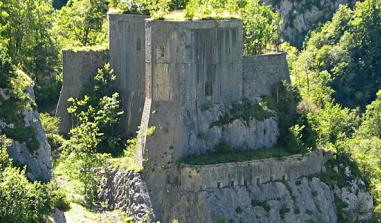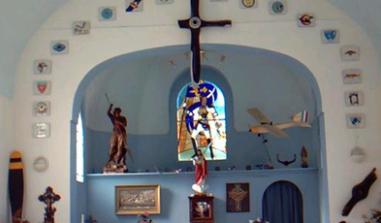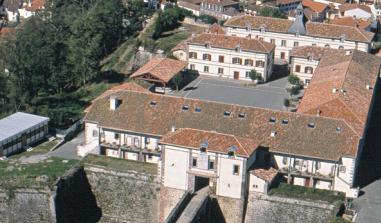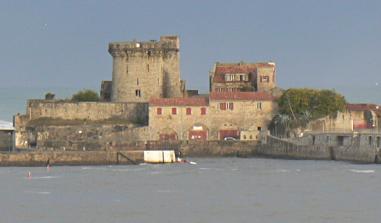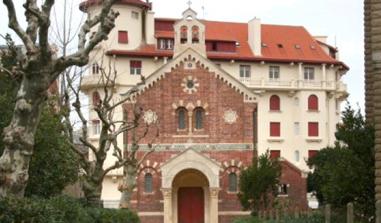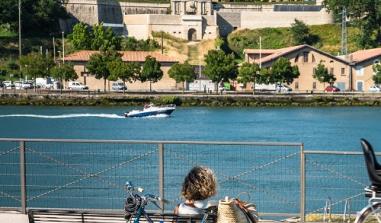The Gurs internment camp
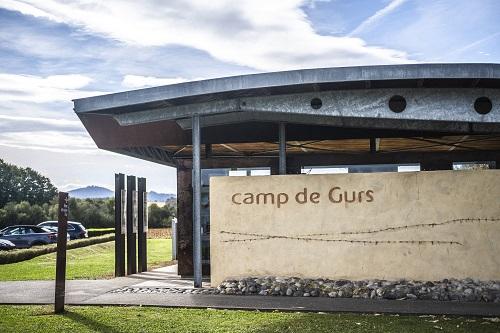
Centre d’accueil des réfugiés espagnols de Gurs en construction. Source : http://prisons-cherche-midi-mauzac.com/
The largest internment camp in the south of France, constructed on eighty hectares of land, originally had about four hundred huts...
Constructed in a month and a half on eighty hectares of land on the heath land of Gurs, the internment camp originally had about four hundred huts and was enclosed by a double barbed wire fence.
Spanish Refugees The "reception centre" was considered by the authorities of the Third Republic to be operational from April 1939. Several thousand Spanish refugees, mostly soldiers from the Spanish Republican Army and volunteers from the international Brigades, were sent there. The buildings, which were supposed to be temporary, were quickly inundated with mud and the poor living conditions claimed numerous victims.
The "undesirables" From May 1940 onwards, the Vichy regime sent refugees arrested in the towns of Paris and Bordeaux, French political activists and Basque political refugees, to be interned at the Gurs camp. The Jews The Statute on Jews, issued on the 3rd October 1940 led to their large-scale internment from the autumn of 1940. Natives of France, Germany's Baden province or central Europe, for many of them Gurs was the last stop before the Nazi extermination camps: indeed, between August 1942 and March 1943, six convoys took several thousand internees from Gurs to the Auschwitz-Birkenau camp. After the Liberation, the camp was used as a place of detention for collaborators and German prisoners. Closed on the 31st December 1945, the site was radically altered from 1946 onwards, with the sale and destruction of the huts, followed by the planting of a forest in an attempt to forget the history of a camp that had been run from start to finish by the French authorities.
The national memorial In 1994 the national memorial of the internment camp at Gurs was inaugurated. The Israeli artist Dani Karavan designed it as a journey of reflection in three parts on internment in the Vichy camps. - At the end of the camp's central thoroughfare, the frame of a hut reminds visitors of the harsh living conditions of the internees - more than sixty people were crammed into each of these cramped buildings.
- a 180-metre long railway track stretches from this hut to symbolise the ultimate journey to the death camps, the final destination of many Gurs internees.
- At the entrance to the camp, the rails end abruptly at a concrete slab with barbed wire around it, representing the Nazi concentration and extermination camps.
The camp cemetery There are more than a thousand graves of those internees who died at the Gurs camp between 1939 and 1943. Restored in 1962 by the towns and the Hebrew Consistory of the Baden province, it has two steles: one paying tribute to the Spanish and the Brigadista, and the other dedicated to the memory of the Jews, most of whom were expelled by the Nazis from the Baden province in October 1940 before the decision on the final solution.
The camp's central thoroughfare and adjacent paths The camp road links the former camp entrance on the route de Mauléon with the cemetery and stretches about two kilometres, parallel to the D 936. On each side of this central thoroughfare, old paths, paved by the internees with shingle from the mountain streams of the Oloron, can still be seen. In the middle of the trees and shrubbery that now cover the site, visitors can also see some memorial structures that were created in 2002 by sixth-form classes from a business college specialising in careers in the building trade. Modelled on the camp's former wooden huts, several "virtual huts" have been constructed using cords to remind us that the forest there today must not try to hide the camp of yesterday.
The Gurs camp association Tour Carrère 25 avenue du Loup 64000 PAU Email administrator: abauzit99@orange.fr Tours The camp and its memorial are permanently open. Entry is unrestricted and free of charge. Access 90 km from Bayonne via Peyrehoarde and Escos on the A 64/E 80 (exit no. 6 - Peyrehoarde) and then the D 936. 45 km from Pau via Tarsacq, Noguères, and Mourenx, on the D 2, the D 33, the D 281, the D 111, the D 947 and then the D 936. 65 km from Saint-Jean-Pied-de-Port on the D 933 towards Sauveterre-de-Béarn, then the D 936. 6 km from Navarrenx on the D 947 and then the D 936.
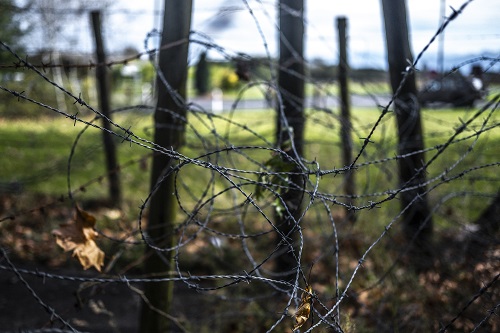
Barbed wire fence. Photograph by Guillaume Roumeguère
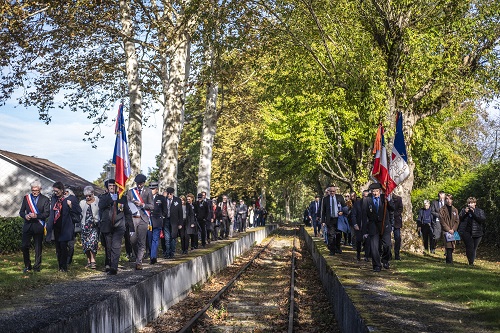
The frame of a hut. Photograph Guillaume Roumeguère
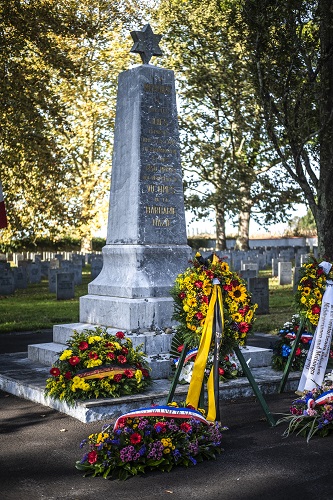
The frame of a hut
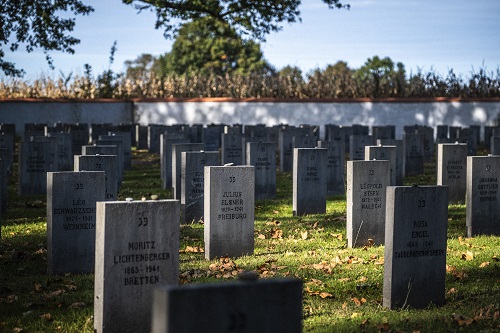
The cemetery of the deportees. Photograph by Guillaume Roumeguère
Practical information
64190
Gurs
05 59 27 72 27
Accessible toute l'année


